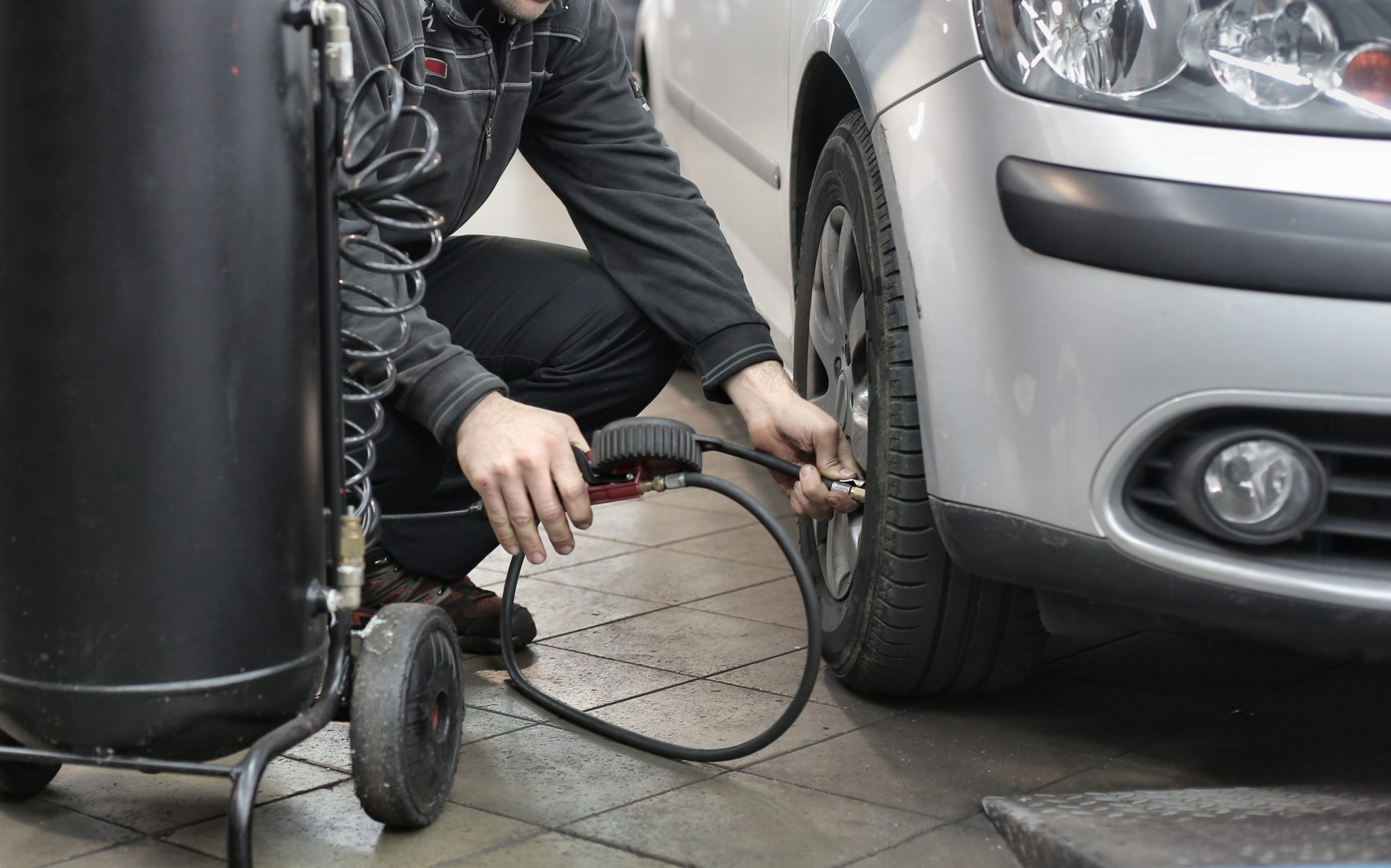Tyre Care
Posted on July 21, 2025 by admin, Cubbington Garage
The tyres are the only part of your car that is in contact with the road, making proper tyre care vitally important. There are three principal aspects to check with your tyres: the condition; the tread depth; the pressure.
The condition of your tyres is very important. To check their condition, look closely at the sides and treads of the tyres to make sure there aren’t any cuts, scrapes, punctures, bulges, bumps or cracks. If you see anything suspicious, we are more than happy to take look with you and advise.
Bridgestone recommends, following industry standards, to replace tyres ten years after their manufacture date, regardless of condition or tread depth. To check a tyre’s manufacture date, find the DOT stamping on the sidewall. At the end of the DOT stamping is a four-digit number. This is the date code; the first pair of digits are the week and the second pair are the year. For example, “3605” would indicate that the tyre was manufactured on week 36 of 2005.
Tyre thread, in the UK, must be a minimum of 1.6mm across 75% of the tyre for it to be classed as road legal. The current penalty for tyres that are not road legal is a fine of up to £2,500 and three penalty points for each illegal tyre.
Even if your tyres are legal, it is sensible to consider the overall performance of the tyre. The more worn a tyre is, the poorer it will perform, especially in the wet. The Royal Society for the Prevention of Accidents (RoSPA) recommends that tyres are changed once the thread reaches 3mm in depth.
To check your tread depth, you can use a simple tool available from most automotive retail stores. The RAC suggests checking with a 20p coin as the outer band on these is around 2mm. Once slotted into your tyre tread, the band will be hidden within the tread if the tyre is legal. Numerous modern tyres also have wear indicators in the tread at various points. When these become flush with the thread, the tyre is below the legal limit and needs replacing. Alternatively, reach out to us and we can inspect your tyres and offer advice.

Incorrect tyre pressures can impair overall performance and reduce tyre life. Too high a pressure will increase the diameter of the tyre, decrease tread contact with the road, reduce the flexibility of the tyre sidewall and ultimately reduce the grip of the tyre to the road surface. If the tyre pressure is too low, the sidewall will become less rigid leading to unwanted handling characteristics and premature tyre fail.
Tyre pressures should always be checked and corrected (if necessary) when they are cold. It is vital that tyre pressures are maintained at the levels recommended by the manufacturer to ensure maximum tyre life, safety, the best ride and handling characteristics.
The easiest way to check tyre pressures is to use a tyre pressure gauge. These are relatively inexpensive and readily available. All tyre gauges work on the same principal, the nozzle of the gauge is pressed against the tyre valve and a reading is generated. The correct tyre pressures for your vehicle can be found in the handbook or on a sticker, usually in the driver’s door sill.
If you are concerned about your tyres and need assistance, please call in. We’ll be happy to inspect your tyres with you and advise you.
